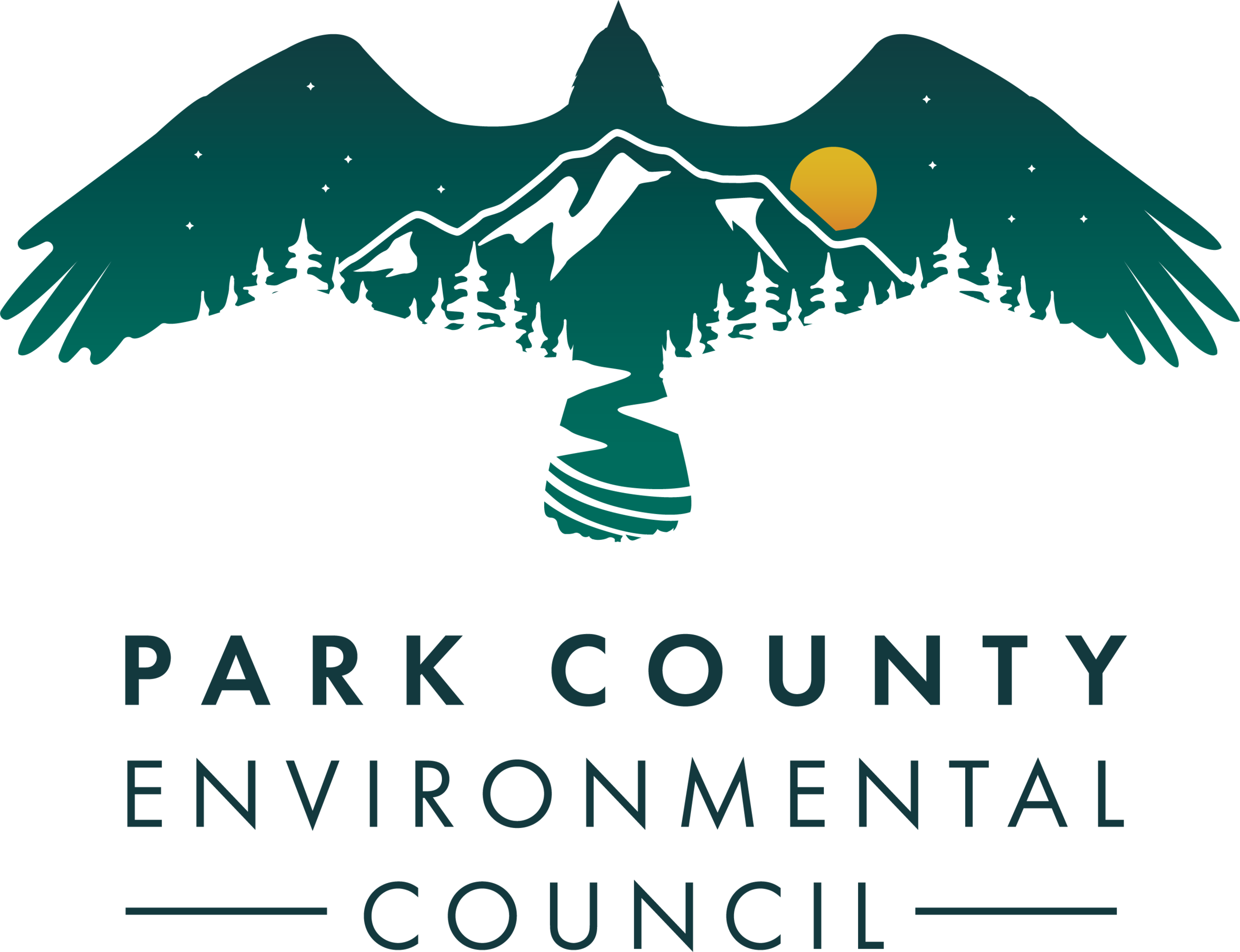Planning for a stronger future
By Michelle Uberuaga, executive director
In recent years, we’ve spent considerable time as a community battling industrial developments in Park County: a gold mine, a tire dump, oil and gas development, another gold mine.
Developments like this risk the lifeblood of our community — the clean, cold water in the Yellowstone River, open land with abundant wildlife, and rich agricultural soils. These natural resources not only fuel our local economy, they define us.
Thanks to a combo of grit, passion and luck, we’ve had success preventing this type of harmful industrial development on the headwaters of the Yellowstone River.
In an ever-more divisive political landscape, conservation is still the best way to bring people together across party lines to tackle important local issues. But it hasn’t been easy.
We’ve had to spend time and energy as a community because the tools to stop harmful local development largely don’t exist. What did exist at the state level was weakened over the past few months in the last legislative session, which is why it’s more important than ever that we have some local control, so our community has a voice in new development. For this and many other reasons, we are grateful to see the Park County Planning Board debating how to address some of the most egregious land uses that could come to Park County: large-scale commercial and industrial development.
Because Park County doesn’t have zoning, we miss an opportunity as a community to review the impacts of large-scale development on the land around us, including negative impacts to our property values and our business interests like ranching, running vacation cabins, and guiding, to name a few.
We think it’s important that the planning board figures out a fair process to give locals a voice. That is what the Conflict Mitigation Plan proposes to do: give Park County residents an opportunity to help steer the future of our county.
This doesn’t mean Park County is against commercial or industrial development. It means we want to see this kind of development carried out in a responsible fashion, as opposed to development that spoils our air and water quality, or devalues our strong outdoor recreation economy.
Conflict mitigation is a good first step in addressing these issues in a manner that allows and provides for public input.
This is just one tool, and we know industrial uses aren’t the only threats facing Park County. We’re also concerned about the growing popularity of Park County and associated development like rural residential sprawl into wildlife habitat and riparian corridors. Over the past year, it has been difficult to process the implications of the growing popularity of our region. The rise of vacation rentals, accelerated real estate prices, and the increased pressure on our natural resources from visitors, including Yellowstone National Park and the Yellowstone River, is alarming to say the least.
That’s why we’ve been spending so much time investing in community planning -- it’s the best way for our community to chart its own future.
Thanks to a great deal of public process and input, the revised Livingston Growth Policy is charting a path for Park County’s biggest municipality. Over the past year and a half, residents have sent clear messages: we don’t want to sprawl into the county; we want to focus on improving downtown; we want to fix the infrastructure where people live, rather than building new infrastructure; we want to make it easier and safer for people to get around on foot or on bike; and we want to make Livingston a lovely and affordable place to live, so it’s not cheaper and easier to build subdivisions in rural Park County.
We all should be proud of the work the Livingston Planning Board put in charting a path forward.
Both the city and county are continuing to work toward more solutions. Conflict mitigation is one step toward that goal. But it’s also important to give our planning boards feedback on what else we’re concerned about, whether that’s residential sprawl, development near the river or rising home prices.
Planning ahead as a community can bring out the best in us, and it can challenge us to our core. The key we have found is keeping our sights on what’s best for our collective future, recognizing our diverse interests and needs, while taking incremental steps that are both attainable and effective.
To say this is easier said than done, is an understatement. But we hope that people will continue to show up, roll up their sleeves, and have hard conversations. It’s worth it.
The CIty Commission meets on Tuesday the 18th at 5:30pm. You can email comments asking them to adopt the new growth policy here: citycommission@livingstonmontana.org.
The Park County Planning board meets on Thursday the 20th at 4pm. You can email can comments to them here: planning@parkcounty.org.

